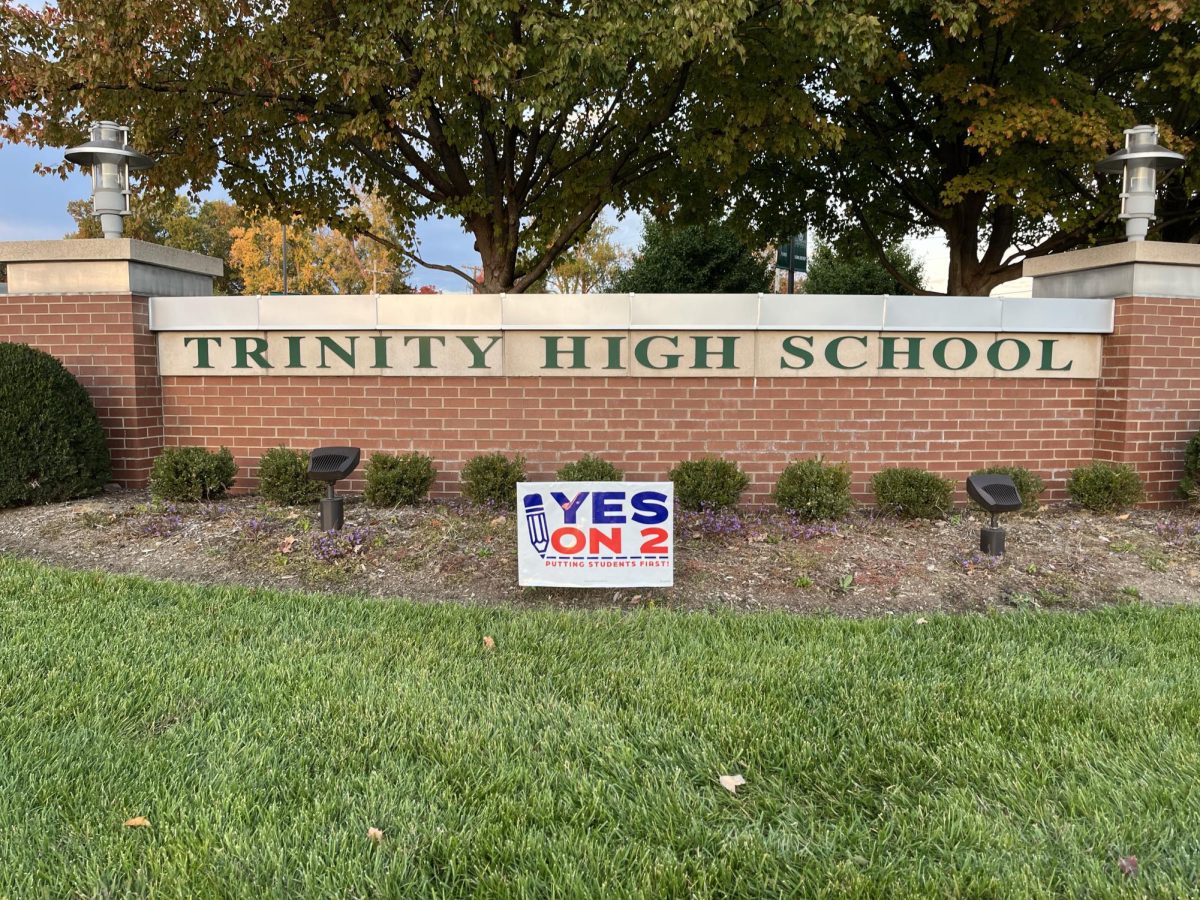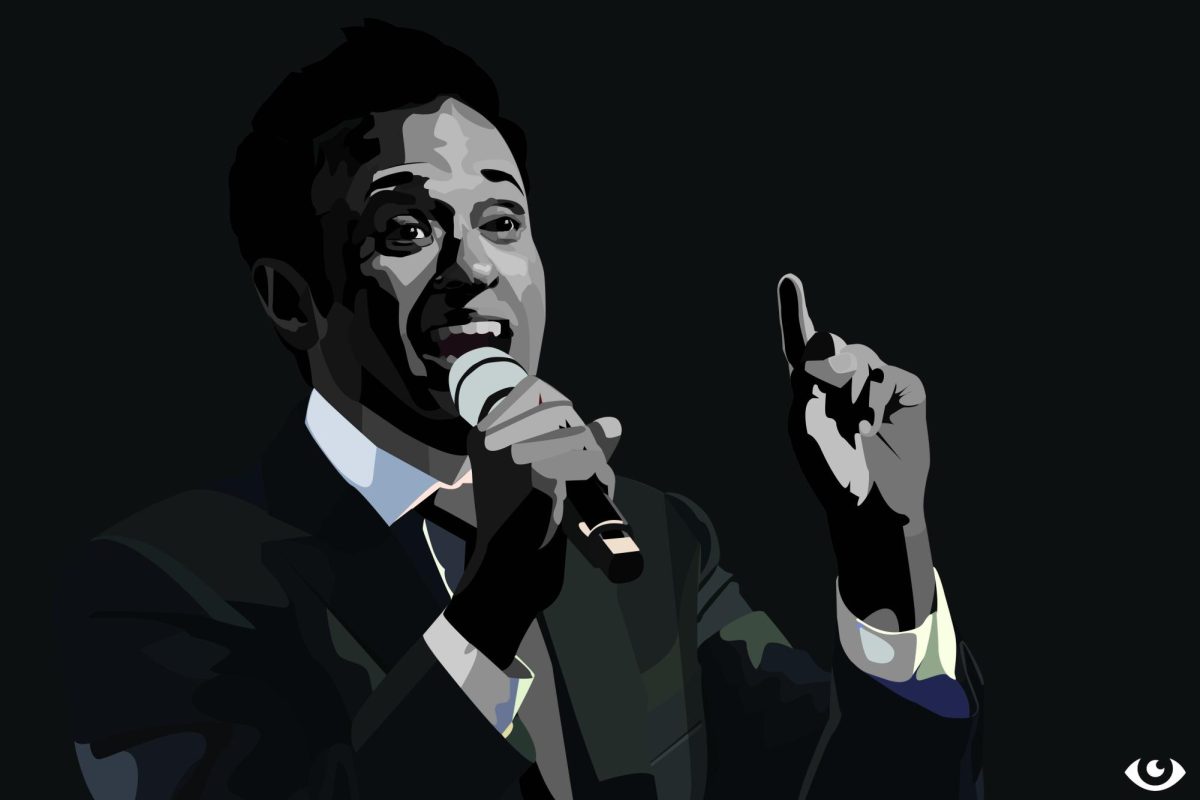Every election has focal points in spades, but the one we find ourselves in is made-for-Hollywood in a way that is unparalleled in modern history. There are gubernatorial candidates in North Carolina who spewed Nazi rhetoric, a chance for a flipped US House and Senate, and, of course, the once-in-a-generation contest between Kamala Harris and Donald Trump. A usual trait of these electoral totems is a focus on personality—the public loves larger-than-life figures having it out, and connects with those battles in a way that it almost never does with pieces of text. Almost never.
In Kentucky, there is an anomaly to this, a proposal, detached from any political figure, that has garnered nearly as much attention as the presidential race. It’s on yard signs, billboards, and takes its place in countless ad breaks. It’s Amendment 2, and if the grassroots picketing about it has been a deluge, then the Catholic Church’s support of it has been a hurricane.
Amendment 2, dubbed the “school choice amendment,” would give the state a blank check to provide families with vouchers that grant public money for a private education. Assuming the vouchers cover full private school tuitions (which they often don’t), this sounds like a great idea until the moment you ask where the funds would come from. This is because, despite supporters’ myopic insistence otherwise, money doesn’t pop out of the sparkling fog when you click your heels and count to three. In virtually all cases, state school choice laws involve diverting funds away from public education budgets.
Even with the overwhelming evidence against that talking point, though, supporters stick to their guns.
Jason Hall, executive director of the Catholic Conference of Kentucky (CCKY), the umbrella organization representing the policy preferences of Kentucky archdioceses, said that a voucher system does not have to compromise public education.
“We want full funding, better funding, for public education,” he said. “We don’t see it as an either/or, we see it as a both/and.”
Hall highlighted House Bill 563 as a way of having school choice while supporting public education. Kentucky’s supreme court struck it down after its passage in 2022, the reason why Amendment 2 is needed in the first place. It would have provided vouchers, but would also have created a system by which families in public schools could request additional resources and support.
He is right that HB 563 would not have hugely harmed public schools, but he and the bill’s other proponents fail to mention that its meager $25 million budget wouldn’t be enough to lace the boots of a functional voucher program. For there to be effective vouchers, economists agree that the price tag would be in the hundreds of millions. They’re either expensive and effective or cheap and broken.
Amendment 2 supporters claim to have a perfect example of that balance done right: Arizona. Putting aside the fact that an Arizona-size program in Kentucky would cost $600 million according to the Kentucky Center for Economic Policy (enough to fund a 10% educator pay raise, universal school meals, and nearly eliminate teacher student loan debt), ProPublica reported recently that Arizona’s program has not been the crystal stair that its celebraters present it as.
Its vouchers are inadequate, transportation is inefficient or nonexistent, and many families live nowhere near a private school—and this is only in Phoenix. If a plan like this were applied to Kentucky, the countless students who don’t have a private school in their county—let alone within driving distance—would have their public school budget ransacked with nothing to show for it.
Ironically, the counties that are the farthest away from metropolitan areas—the ones with the fewest private schools—rely the most on state funding and would be hit the hardest by a proposal like HB 563. An Arizona-size program would cut the budgets of some districts by a crippling 10%, and a more thorough Florida-sized one would wreak a nearly fatal 20% cut.
None of this is even mentioning the fact that, according to the same KYPolicy report, roughly 70% of people who would receive vouchers already go to private schools, which dashes hopes of some landslide of equity in education.
Even so, the praise from Catholic organizations for Amendment 2 won’t stop. Trinity High School’s communications director Bret Saxton wrote that it is “prioritizing a child’s educational needs,” attaching a letter from Congressman Matt Lockett (R–39) with more thorough defense.
Lockett’s report has an FAQ section, which asks in part, “does this amendment take money from public schools?” to which Lockett answers no, providing no details or evidence.
This is where CCKY and the Archdiocese’s support of Amendment 2 makes sense in spite of its baselessness. No matter how much they deny it, a school choice program would take money out of public schools and put it in the pockets of private ones, many of which the Catholic Church runs. So, to fatten their wallets at the expense of public education and constitutional sanity, schools like Trinity naturally support it.
Amendment 2 is transparently vague. Its design allows supporters to hide behind their ideal interpretation of its murky, sweeping language. But, when a critic presents an equally valid lens of understanding it, that person is painted as a fear-mongering philistine who doesn’t understand public financing. Supporters will float 2024’s $1 billion budget surplus, for instance, as a way to fund vouchers without hurting public schools—even though virtually all of that money is already spent.
The amendment’s Catholic supporters’ most disturbing offense, however—and their most undiscussed one—is just how distant their stance is from their own religious teachings. As former state representative Jim Wayne points out, the harshest enemy of school choice isn’t the Kentucky Center for Economic Policy, nor is it JCPS or the Kentucky Democratic Party. It’s a certain prophet from first century Nazareth, who told his followers that the last shall be first, to help the poorest among them, and to understand always that the strength of the collective matters more than the wealth of the few.











